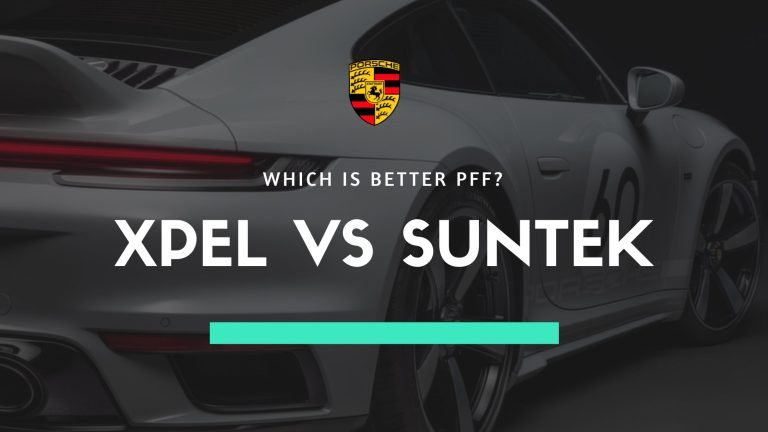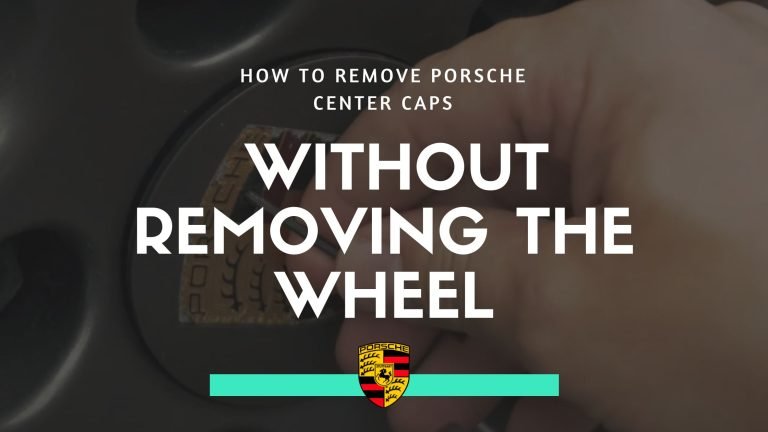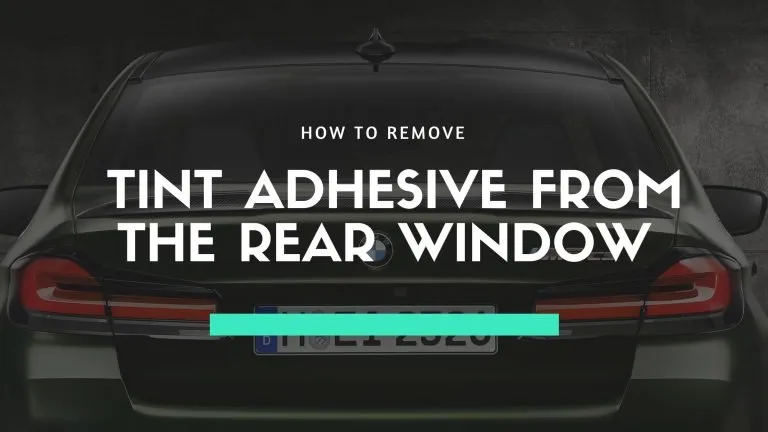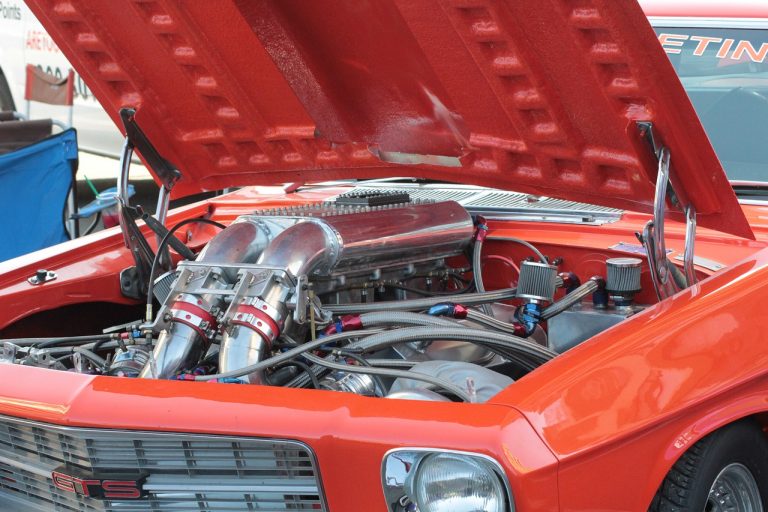The Oil Pressure Light Comes On When Engine Is Hot – Why Does This Happen?
Your oil pressure light is not something that you will want to see come on, especially if you have a feeling that it is not exactly warranted. Unfortunately, it is quite a common problem and is something you should be on the lookout for. For two reasons. First, you should always be cognizant of your oil pressure warning light coming on as that can potentially not bode well for your engine.
Additionally, your oil pressure light coming on for reasons other than issues with pressure. This helpful blog post is going to cover everything you need to know about oil pressure, why it is important, where it sometimes falters, what you can do to fix it, and what some false flags can potentially lead you astray. Let’s get right into it.
What Does Oil Pressure Mean And Why Does It Matter?
If you hope to be driving anywhere you are going to need to have oil in your engine unless you are happy having your trip cut short. Very short. Engine oil serves two purposes. First, it lubricates all of the moving parts inside the engine block. Crankshaft, pistons, etc. It also (to an extent) helps keep them cool.
Naturally, there is a lot of hot oil running through your engine, and over time this combination creates a lot of pressure. As the pressure builds it actually allows the oil to flow everywhere it needs to be. Oil pressure is a necessary function of a working engine. However, too much or too little pressure can cause the engine to start malfunctioning and even break down or degrade entirely over a long enough period.
Why Should The Oil Pressure Warning Come On?
Your oil pressure light will come on when your oil pressure is too low. Or, when it is too high. Your oil pressure will become too low when there isn’t actually enough oil in the engine. You need to keep your engine oil topped up to the correct level at all times. And yes, that means you may end up needing to check your oil weekly if you manage to rack up a lot of miles on your daily commute.
Conversely, you could have an oil pressure warning that the pressure is way too high which will lead to friction damage to any moving components and may even cause a complete engine failure. The number one cause for an oil pressure warning due to too-high pressure is an overly hot engine.
Why Is It That My Oil Pressure Light Comes On When Engine Is Hot?
When your engine is hot it naturally heats the engine oil up significantly. Now, this is fine to an extent, but engine oil becomes thinner and thinner as its temperature raises. Most oils have viscosity additives that help counteract this to an extent but it is not possible to avoid it entirely.
The first thing to consider is the actual type of engine oil you are using. If you are using an oil that isn’t viscous enough to start with by the time it is heated and thinned out it will become way too thin for your engine to function correctly.
Additionally, if you are running too thin oil (even if you aren’t) and if you are failing to cool the engine correctly your oil pressure warning light is likely to be triggered. Additionally, you will want to consider that the issue could be the sending unit is broken and is incorrectly displaying the engine oil level and therefore pressure level on your dashboard.
Lastly, you might want to consider the engine bearings. The engine bearings restrict the flow of oil through the engine which contributes to the pressure level being so high. When these bearings wear down, they cannot restrict the oil flow as much and naturally, the oil pressure starts to drop.
My Oil Pressure Light Comes On When Engine Is Hot – What Can I Do?
The first thing you should do is drain your oil pan and simply look to see if anything seems wrong. Cracked components, bearings that are loose or even missing, and identify whether your sending unit at least looks like it’s fine.
If you know which oil you already had in your engine you should check whether it’s viscous enough either with your owner’s manual or online. If it is not, great, problem solved (most likely). If that wasn’t the issue it is probably time to bring in a professional to have a look. Thankfully, you should have narrowed down the problem tremendously. You may even on occasion find that simply changing the oil to fresh oil is enough to resolve the issue.
How Much Does It Cost To Fix Oil Engine Pressure Issues?
If all you need to do is perform an oil change, clean out the oil pan, and add new engine oil to your car then it’s probably going to cost you between one and two hundred dollars depending on where you are and whether you are doing it yourself, what car you have, etc.
If you do actually need a new sending unit and to replace engine bearings it is going to cost you several hundred to a thousand bucks. Purely because of the time it will take a mechanic to make the repair. And if you don’t have a car lift, you won’t be able to make the repair yourself (unfortunately).
Conclusion
Hopefully, you now feel like you have an excellent grasp of why engine oil pressure is important, how it can become either too high or too low, and then ultimately what you can do about it. Nine times out of ten the engine oil is too old, too thin, or both is the cause for an engine oil pressure warning.
Or if you happen to have been driving for so long and the weather is so warm out that your engine oil simply can’t cope. As a rule, try to eliminate the cheaper causes of the problem before bringing in a pro to address the more costly ones.





